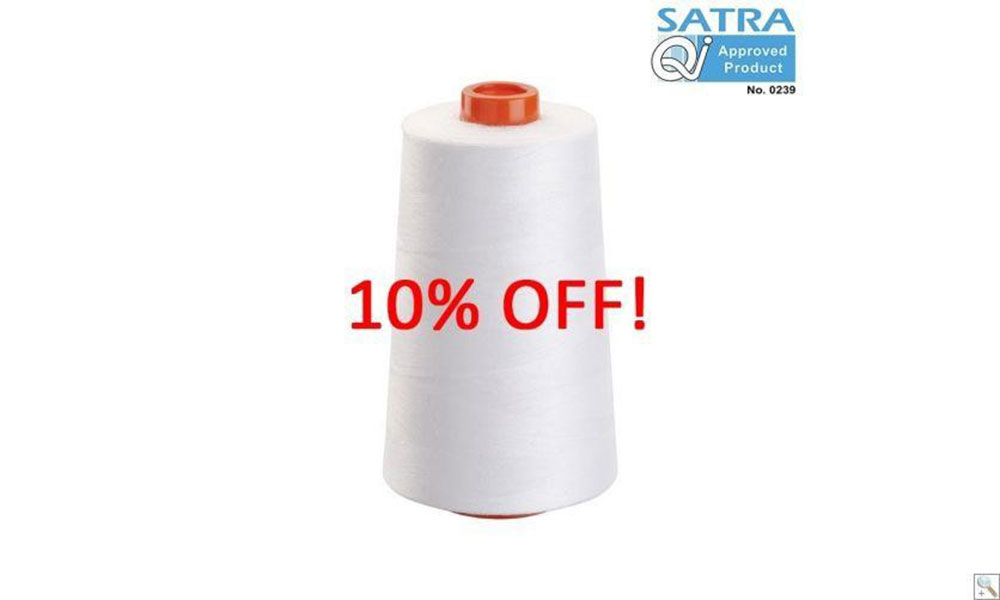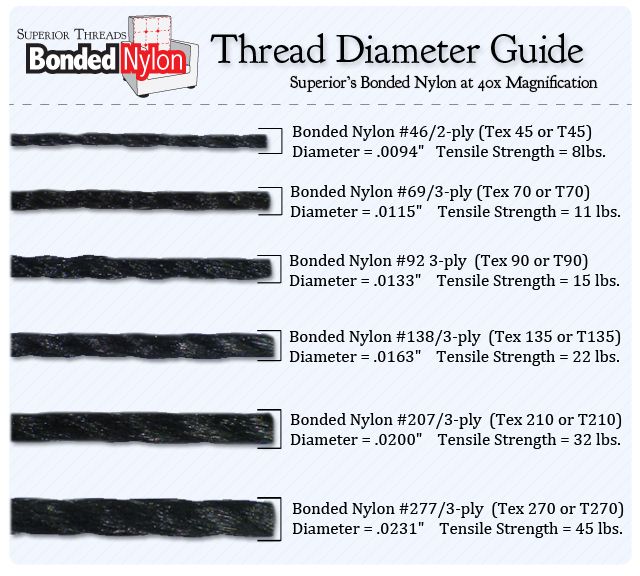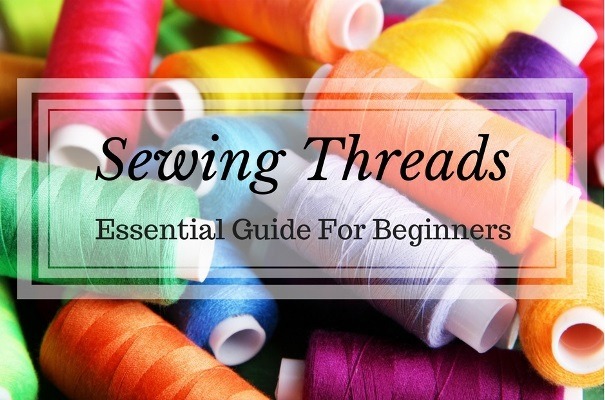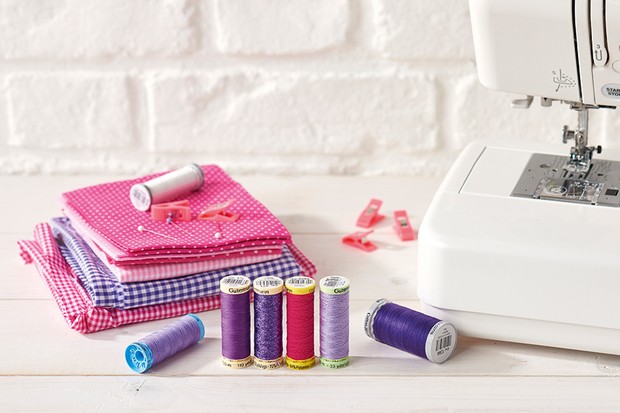Choose the right upholstery sewing thread when your project begins knowing the different options are available. Because when you realize how many different threads there are, it can get a bit overwhelming. However, the trick in choosing the right thread is choosing the right weight, thickness, and finish for the job at hand. However, we know this is easier said than done when you are completely new to the concept of sewing. For this very reason, we created this article to help you understand the differences Upholstery sewing thread.
Cotton thread
Cotton thread is an incredibly soft material that is very absorbent and warm. It’s a very good option if you want to sew it with other vegetable materials like linen or rayon. Cotton is also a brilliant dyeing material because it is absorbent. The downside of cotton, however, is that it has no give or take and breaks when subjected to even slight tension. Therefore, we do not recommend it for stretch fabrics or garments such as sweaters.
Rayon thread
Rayon thread is a vegetable material that everyone knows for its lively shine. This type of thread is nowhere near as durable as durable polyester, but it’s incredibly cheap to buy and is made from a renewable resource. Most of the people who practice upholstery use this type of thread for embroidery. However, we do not recommend using it for sewing as it is weak for polyester.
Polyester thread
Polyester thread is a synthetic material. It is not very expensive to buy and it is durable and long lasting. It withstands moderate heat, but does not absorb moisture very well. If you are looking for a reliable upholstery supplier where you can buy polyester thread at a good price, we recommend that you choose Heico Direct. They currently receive a 10% discount on all of their polyester threads.
Nylon thread
Nylon thread is a synthetic material that does not shrink and has good elasticity. One thing to keep in mind is that nylon melts incredibly easily. You should therefore absolutely avoid using an iron. However, bonded nylon is great for utility-style projects and can be very handy for making sports gear or camping gear.
Silk thread
Silk thread is one of the finest and strongest types of fabrics that we’ll cover in this article. It is a great type of thread to work with, whether you are sewing with or without a sewing machine. Although most people choose to use this thread when sewing because it is sleek. If you choose to sew by hand, you may find it a little difficult to thread the silk first because it is so fine. However, there are two very simple but effective solutions to this. The first is to make sure you are holding the tail of thread as you pull the needle through the silk. The second solution is to tie the thread directly to the eye of the needle.
Wool
Wool is an animal-based thread that is obtained from sheep and other animals. The wool can be spun into fine, medium, and thick weights and is produced by follicles, which are small cells in the skin. Wool is widely used in clothing, from knitwear like socks and sweaters to fabrics for suits and costumes, but it can also be used in furniture stores like chair covers, blankets, horse rugs and saddlecloths. It is especially useful when making carpets because they color well and produce deep, rich tones. Wool is usually sold by weight, but the price varies widely based on quality. The high quality wool thread is expensive. If you market properly and sell a consistent quality product, your sheep can pay for themselves with their fleece alone.
 TopsDecor.com Home Decor Ideas
TopsDecor.com Home Decor Ideas







